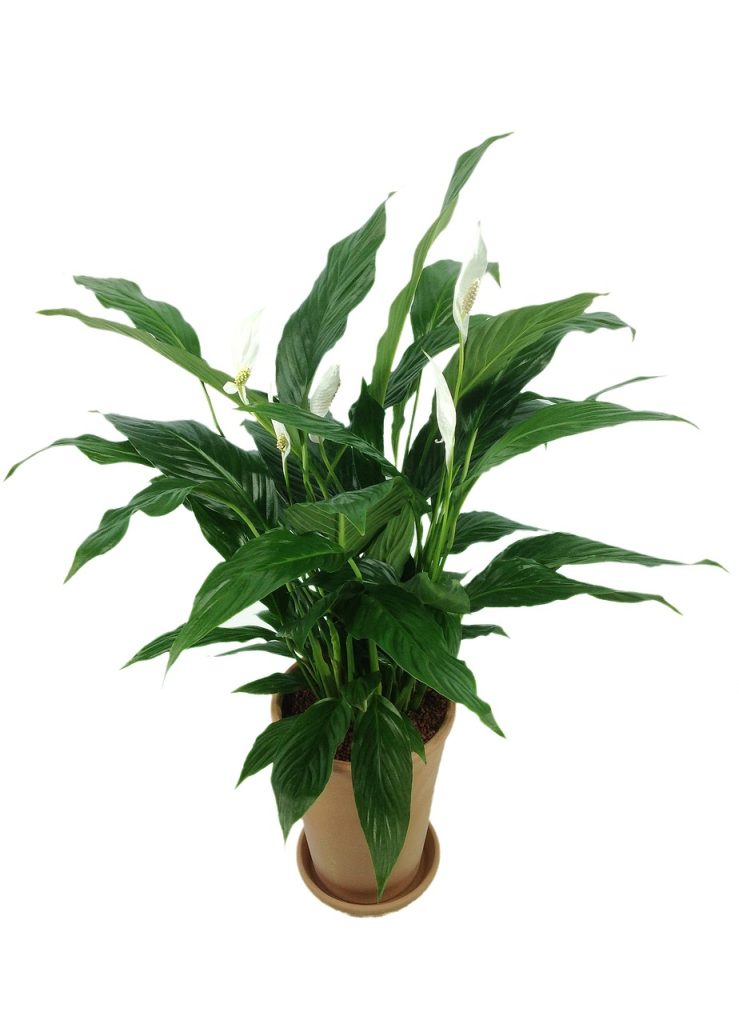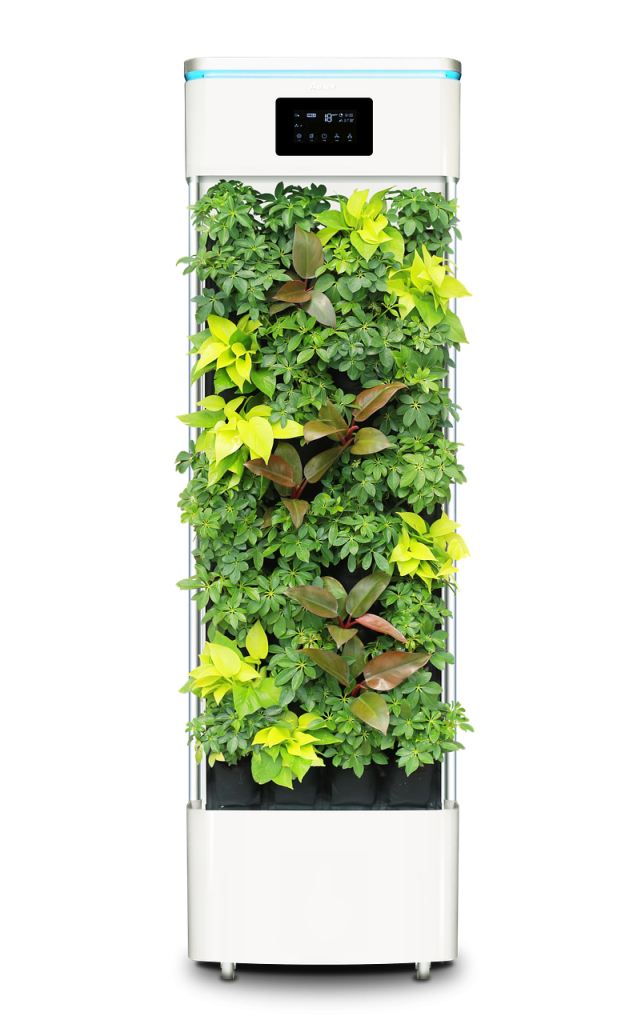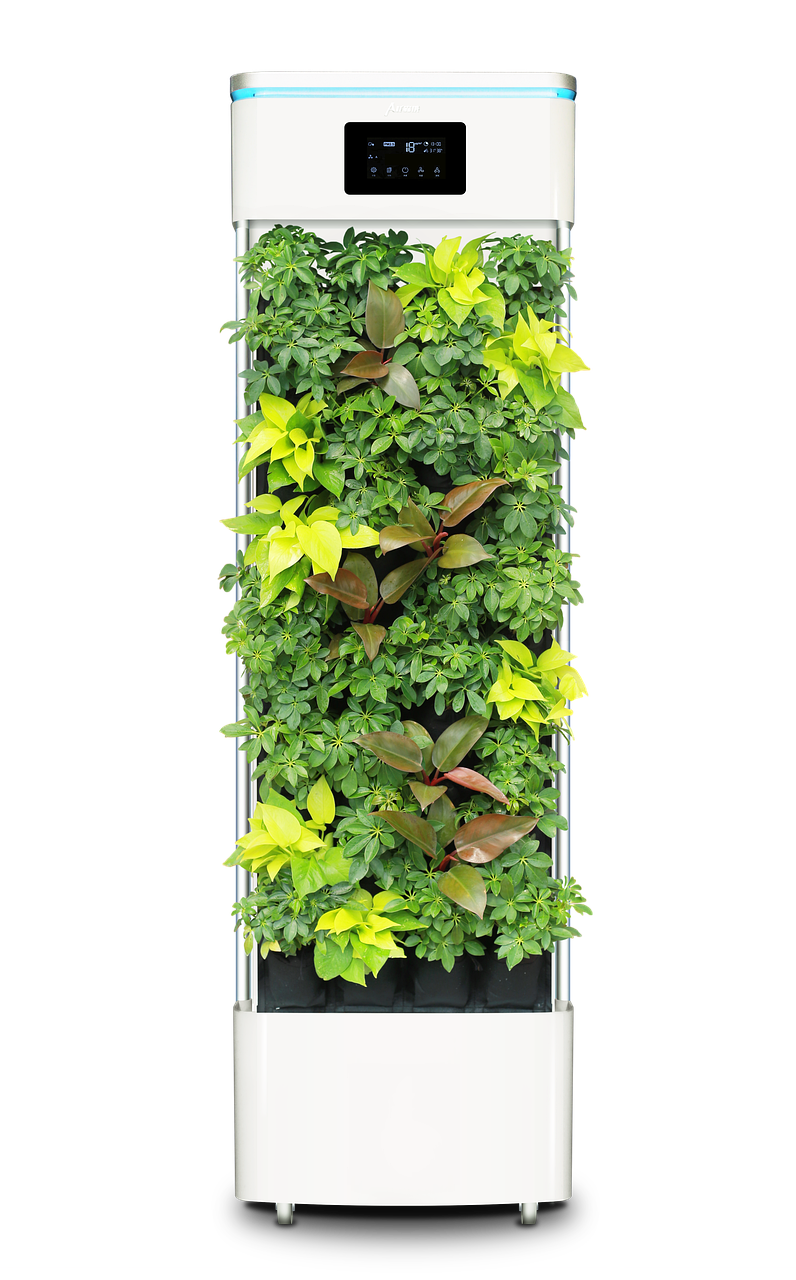Are you curious about whether an air purifier has the ability to cool a room? Many people mistakenly believe that air purifiers are designed solely for improving air quality, but they actually have other benefits too. In this article, we will explore the question of whether or not an air purifier can cool a room, shedding light on this common misconception and providing you with all the information you need to understand the true capabilities of these devices. So, let’s delve into the topic and discover the truth behind air purifiers and their impact on room temperature.

This image is property of pixabay.com.
How Does an Air Purifier Work?
An air purifier is a device that helps improve the quality of indoor air by filtering out pollutants and contaminants. It works by pulling in the air from the surrounding environment and passing it through a series of filters. These filters capture various particles, such as dust, pollen, pet dander, and smoke, effectively purifying the air. The purified air is then released back into the room, creating a healthier and cleaner living space.
Filtration Process
The filtration process is at the heart of how an air purifier works. Most air purifiers contain multiple filters, each designed to target specific types of airborne particles. The first filter, often referred to as a pre-filter, captures larger particles like dust and hair. This pre-filter helps prolong the life of the other filters by preventing them from getting clogged too quickly.
The second filter is usually a HEPA (High-Efficiency Particulate Air) filter. HEPA filters are incredibly effective at capturing up to 99.97% of airborne particles as small as 0.3 microns. This includes common allergens such as pollen, mold spores, and pet dander. HEPA filters are often considered the gold standard in air purification.
In addition to the pre-filter and HEPA filter, some air purifiers also include additional filters. These can include activated carbon filters to remove odors and volatile organic compounds (VOCs), as well as UV-C lights to kill bacteria and viruses.
Types of Filters
There are various types of filters used in air purifiers, each with its own strengths and purposes. HEPA filters, as mentioned earlier, are excellent at capturing small particles and allergens. Carbon filters, on the other hand, excel at removing odors and chemicals. Some air purifiers also feature electrostatic filters that use an electrical charge to attract particles, while others incorporate ionizers that release ions into the air to neutralize pollutants.
Different air purifiers may use a combination of these filters to maximize their effectiveness. When choosing an air purifier, it’s important to consider the specific needs and concerns you have regarding your indoor air quality.
Does an Air Purifier Lower the Temperature in a Room?
While air purifiers are primarily designed to improve air quality, some people may wonder if they also help to cool a room. Unfortunately, air purifiers do not lower the temperature in a room directly. However, they can indirectly contribute to a cooler environment through the following mechanisms.
Fan Functionality
Most air purifiers are equipped with a built-in fan that helps circulate the purified air throughout the room. This fan can create a gentle breeze, which may provide a cooling sensation, especially when positioned near you. The airflow from the fan can help mitigate the feeling of stuffiness and stagnant air, making the room feel more comfortable.
Evaporative Cooling
Some air purifiers, particularly ones with additional features, may incorporate evaporative cooling technology. Evaporative cooling works by evaporating water from a reservoir or a humidifying filter, which then cools the air passing over it. While this cooling effect is not as powerful as that of an air conditioner, it can provide some relief on hot days or in dry climates.
It’s important to note that the cooling effect of an air purifier is generally minimal compared to dedicated cooling devices like air conditioners or fans. Therefore, if your primary goal is to cool your room, it’s recommended to invest in a specialized cooling device.

This image is property of pixabay.com.
Factors to Consider When Choosing an Air Purifier
When selecting an air purifier, it’s essential to consider certain factors to ensure that you choose the right one for your needs. Here are some key factors to keep in mind:
Room Size
The size of the room in which you plan to use the air purifier plays a significant role in its effectiveness. Air purifiers are typically rated based on the maximum area they can effectively clean. It’s important to choose an air purifier with a coverage area that matches or slightly exceeds the square footage of your room for optimal performance.
CADR Rating
The Clean Air Delivery Rate (CADR) is a measure of an air purifier’s efficiency in removing pollutants from the air. It indicates the volume of clean air produced by the air purifier per minute. When comparing different models, look for higher CADR ratings in the pollutants you are most concerned about, such as smoke, pollen, or dust.
Noise Level
Consider the noise level of the air purifier, especially if you plan to use it in a bedroom or office where quietness is essential. Some air purifiers operate silently, while others produce a noticeable hum. Check the decibel (dB) rating to get an idea of the noise level.
Energy Efficiency
Since air purifiers are typically left running for extended periods, it’s important to consider their energy consumption. Look for models with an Energy Star certification, as these are designed to be more energy-efficient and environmentally friendly.
Additional Features
Air purifiers may come with additional features that can enhance your overall experience. These features can include filter replacement indicators, air quality sensors, remote controls, and programmable timers. Consider which features are important to you and factor them into your decision-making process.
Remember to balance your specific needs and budget to find the air purifier that suits you best.
Benefits of Using an Air Purifier
Using an air purifier in your home or office brings several benefits that contribute to a healthier and more pleasant living environment. Here are some of the key benefits:
Improved Indoor Air Quality
The primary advantage of using an air purifier is the improvement of indoor air quality. Airborne particles, allergens, pollutants, and even microbes are filtered out, resulting in cleaner, fresher air. This is particularly beneficial for individuals with respiratory conditions, allergies, or sensitivities.
Reduced Allergens and Irritants
Air purifiers with HEPA filters are highly effective at capturing and removing allergens such as pollen, dust mites, and pet dander. By reducing these allergens in the air, air purifiers can provide relief to allergy sufferers and improve overall comfort.
Elimination of Odors
Air purifiers equipped with activated carbon filters can help eliminate unpleasant odors from cooking, pets, smoke, and other sources. These filters neutralize odor-causing molecules, providing a more pleasant and odor-free environment.
Better Sleep and Overall Health
With cleaner air and reduced allergens, an air purifier can contribute to better sleep quality. By removing irritants and pollutants from the air, air purifiers create a more conducive environment for restful sleep. Additionally, breathing cleaner air can also have positive effects on overall health and well-being.

This image is property of pixabay.com.
Limitations of an Air Purifier
While air purifiers offer numerous benefits, it’s important to be aware of their limitations. Understanding these limitations will help you set realistic expectations and make informed decisions before purchasing an air purifier.
Limited Cooling Effect
As mentioned earlier, air purifiers are not designed to cool a room. While the fan functionality and potential evaporative cooling can provide some relief, they cannot significantly lower the temperature like dedicated cooling devices.
Not a Substitute for Air Conditioning
Air purifiers and air conditioners serve different purposes. While air purifiers improve air quality, they do not provide the same level of cooling as air conditioners. If cooling is your main concern, consider investing in an air conditioner or other cooling options.
Maintenance and Filter Replacement
Air purifiers require regular maintenance to ensure optimal performance. This includes cleaning the filters, emptying and refilling water reservoirs (if applicable), and replacing filters as needed. Failure to maintain an air purifier can diminish its effectiveness over time.
It’s important to consider the maintenance requirements and costs associated with filter replacements when choosing an air purifier.
Tips to Maximize Cooling Effect of an Air Purifier
Although air purifiers are not primarily designed for cooling, you can optimize their cooling effect by following these tips:
Positioning of the Air Purifier
Place the air purifier near you or in the area where you need cooling the most. By directing the airflow towards you, you can create a personal cooling effect.
Setting the Fan Speed
Increase the fan speed of the air purifier to maximize the airflow. A higher fan speed will generate a stronger breeze and provide a more noticeable cooling sensation.
Using a Timer
Set the air purifier to operate on a timer, especially during the hottest parts of the day. This way, you can ensure that the air purifier is running at the times when you need it the most.
Regular Cleaning and Maintenance
Keep the air purifier clean and well-maintained to ensure optimal airflow and functioning. Regularly clean the filters, empty and refill water reservoirs (if applicable), and follow the manufacturer’s instructions for maintenance.
By implementing these tips, you can maximize the cooling effect of your air purifier and create a more comfortable environment.
Alternatives to Air Purifiers for Cooling a Room
If your main objective is to cool a room, there are alternative options that are specifically designed for this purpose. Here are a few alternatives to consider:
Ceiling Fans
Ceiling fans are an effective and energy-efficient way to cool a room. They circulate the air, creating a breeze that helps lower the perceived temperature. Ceiling fans can be a great complement to air purifiers, as they provide a cooling effect and improved air circulation.
Portable Fans
Portable fans come in various sizes and styles, ranging from tabletop fans to tower fans. They are designed to provide direct airflow and can be positioned strategically to cool specific areas or individuals. Portable fans are often more powerful in terms of cooling compared to the fan functionality of air purifiers.
Air Conditioning Units
For maximum cooling capacity, air conditioning units are the go-to option. Air conditioners use a cooling mechanism to lower the temperature and control humidity levels in a room. They are capable of providing significantly lower temperatures compared to air purifiers or fans.
When choosing the best option for cooling, consider factors such as room size, energy efficiency, noise level, and your specific cooling needs.
Conclusion
Air purifiers are valuable tools for improving indoor air quality and creating a healthier living environment. While they do not directly cool a room, they provide benefits such as removing allergens, eliminating odors, and contributing to better overall health. By understanding their filtration process, types of filters, and factors to consider, you can make informed decisions when choosing an air purifier. Remember to manage your expectations, and if cooling is your primary concern, explore alternative options such as ceiling fans, portable fans, or air conditioning units. With the right air purifier and cooling solutions, you can enjoy cleaner air and a more comfortable living space.

